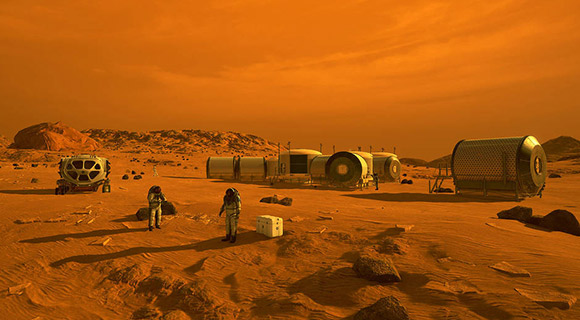credits: UNESCO
The 11 February every year since 2015, we celebrate #WomenInScience because gender equality and women’s empowerment are pre-conditions 4 sustainable development.
More girls are in school today than ever before, but they do not always have the same opportunities as boys to complete and benefit from an education of their choice.
credits: UNESCO
Too many girls and women are held back by biases, social norms and expectations influencing the quality of the education they receive and the subjects they study.
They are particularly under-represented in science, technology, engineering and mathematics (STEM) education, and consequently in STEM careers.
credits: UNESCO
Theme 2022:
The 7th International Day of Women and Girls in Science Assembly will focus on the following topic:
“Equity, Diversity, and Inclusion: Water Unites Us".
credits: UNESCO
Over the past decades, the global community has made a lot of effort in inspiring and engaging women and girls in science. Yet women and girls continue to be excluded from participating fully in science.
According to the UNESCO groundbreaking report Cracking the code: Girls’ and women’s education in STEM, only 35% of STEM students in higher education globally are women, and differences are observed within STEM disciplines.
Education:
"We must put the principle of equality into action so that science works for women, because it works against them all too often – for example, when algorithms perpetuate the biases of their programmers.”
Audrey Azoulay, Director-General of UNESCO message
The day must be inspirational for girls to study STEM. Promoting the work of women in science and encouraging girls to enter the sciences is important for achieving the Global Goals for Sustainable Development.
The gap of girls and young women in science and technology in the 21st century is still a big problem. We must motivate the young girls to pursuit Science studies.
As you read below statistics show that there is a noticeable gender gap, with much fewer girls choosing to study for STEM degrees. So the need for change is becoming increasingly urgent.
February 11 is celebrated globally in different ways, big and small. Your action will add to the collective voices on Equality in Science.
G-Souto
11.02.2022
Copyright © 2022G-Souto'sBlog, gsouto-digitalteacher.blogspot.com®
Copyright © 2022G-Souto'sBlog, gsouto-digitalteacher.blogspot.com®

Education : Let's talk about Intl Day of Women & Girls in Science : Equity ! by G-Souto is licensed under a Creative Commons Attribution-NonCommercial-NoDerivatives 4.0 International License.
























